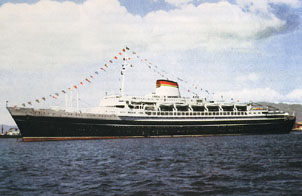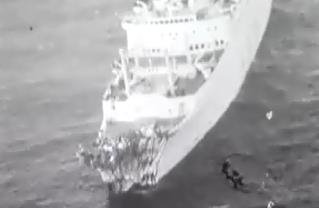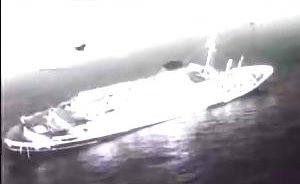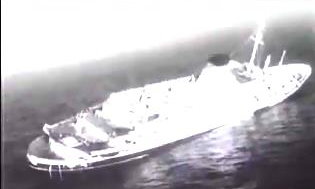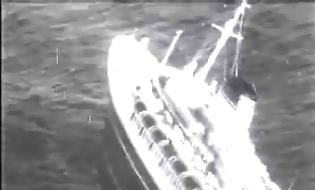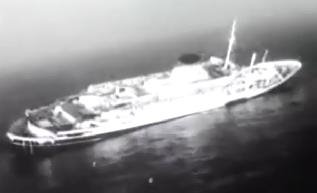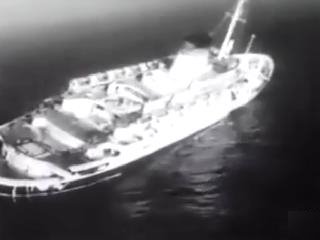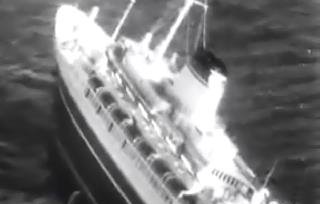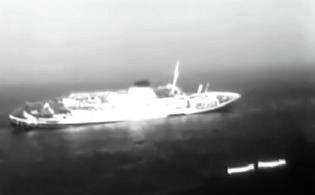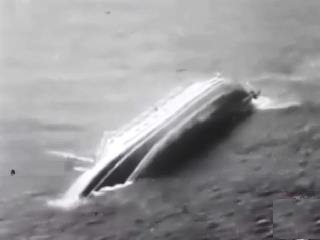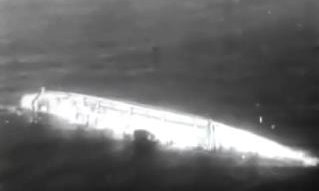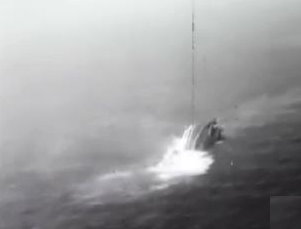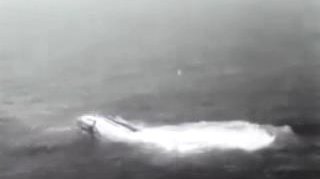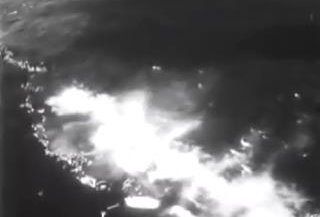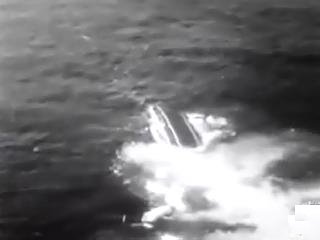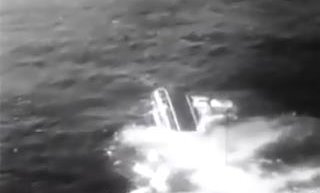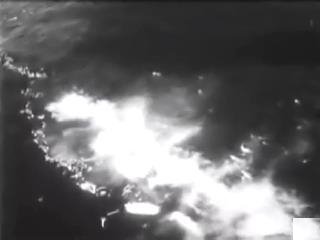Harland & Wolff
Ships
|
Cunard Ships: |
|
other Ships |
Collision between the SS Andrea Doria and the MS Stockholm
The Andrea Doria was built by the Italian Line and was their pride and joy. She was 690 feet long and weighed 29,083 (gross). She was powered by steam turbines and had twin screw which gave her a speed of 22 knots. At the time of the collision, the Andrea Doria carried over 1,700 passengers: 190 were 1st class; The Andrea Doria left her home port of Genoa on the 17th July 1956. Her Captain was called Peiro Calamai. On her maiden voyage she stopped at Naples, Cannes and Gibraltar before continuing to New York. She should have arrived in New York harbour on 26th July 1956 – but she never did. The Swedish built MS Stockholm was a much smaller vessel, only capable of speeds up to 19 knots. She only weighed 12,644 tons. She left New York on 25th July 1956. Both ships were heading for the Nantucket Light Vessel and heading for disaster. The Andrea Doria ran into fog about 150 miles from the Light Vessel. The Captain of the ship took the necessary precautions when entering fog fields. The watertight doors were closed, the siren was sounded and lookouts posted. Even the ship's radio was turned on. If a vessel encounters fog, Navigational law requires that the ship proceeds at “moderate speed” so that the ship could stop within visibility distance. The Andrea Doria reduced speed by five knots. She steamed ahead at 21 knots (very similar to the Titanic Speed). By 8 pm visibility had deteriorated to half a mile ahead. There were two ships showing up on the ships radar but the Andrea Doria soon overtook them since she was sailing at 21 knots. At 9.30 pm, another ship appeared on the radar. It was the Light Vessel. The Captain of the Andrea Doria altered course to 6º to port to place the vessel on the starboard side. At 10.20 pm, it was reported that the light vessel was only 1 mile from starboard. At 10.45, Second Officer Francini spotted another ship on the radar. Captain Calamari confirmed that the ship was on the starboard bow. He reckoned that the ships would pass each other starboard to starboard but leaving a narrow margin for error. He decided to alter course again 4º to port to widen the gap between the ships. Calamai made a grave misjudgement. He also broke the Rule of Road which states that when two ships meet end on, both ships should alter course to starboard. Had Calamai altered course sooner, he may have avoided the collision. Calamai ordered his Officers to keep a close look out – but it was too late. Instead of seeing a green starboard light on their starboard bow, the actually saw a red port light. The Captain ordered hard to port and sounded a double blast on the ship’s siren. The Andrea Doria started to turn but the Stockholm’s bow crashed into the starboard side of the Andrea Doria. The stockholm’s bow caused tremendous damage to the Andrea Doria’s side. At the time of the collision, both ships were travelling approximately 20 knots each.
Both ships gave SOS distress calls. The Andrea Doria gave her position to be 40º 30’ North, 69º 55’ West. The Stockholm had hit ther Andrea Doria in the starboard fuels tanks. Since they were nearly empty, water gushed into them at a rapid rate. The Andrea Doria started to List to starboard.
The Andrea Doria could have survived a 15º list but soon that list had developed into a 22º list. There was a system onboard to fill the fuel tanks with sea water to regain balance but unfortunately, the bow of the Stockholm had pierced through a corridor where the pump room was and therefore the room was inaccessible. The flooded corridor also led to the generator room. The loss of power to the ship was imminent.
Another problem had developed. As the Andrea Doria had taken a serious starboard list, lifeboats on the starboard side could not be used. The amount of lifeboats lost accounted for over half the passengers onboard. It was obvious that help from other ships would be needed to carry out the rescue.
The closest ship that could offer practicable assistance was the Ile De France. The ship was about 45 miles away. The Ile De France arrived at the disaster scene at 2 am. A 2 hour rescue operation began. There were still over 1500 passengers and crew onboard. 30 or more ships had hurried to the scene. The main rescue ships were: Ile De France – 753 passengers were rescued; A total of 1662 were rescued of the 1700 people onboard.
Once the passengers had been rescued, Calamai ordered his remaining crew onboard to abandon ship. He intended to go down with his ship but his fellow officers would not leave trhe Andrea Doria if he stayed. At 5.30 the Captain and his crew were rescued. Shortly afterwards, the Andrea Doria sank.
As with other liners that had been involved in an incident with fatal outcome, an enquiry was held. The Italian Line sued the Swedish-American Line for $1,800,000 and the Swedish American Line sued the Italian Line for $4,000,000. The Court had been in session for three months before the two shipping lines agreed to settle their dispute outside of the court. It was clear that the builders of the Andrea Doria had not built her to sustain a list of more than 15º and that the fuel tanks should have been flooded to ensure equal balance in the ship. Two major lessons were drawn from the disaster:
|
